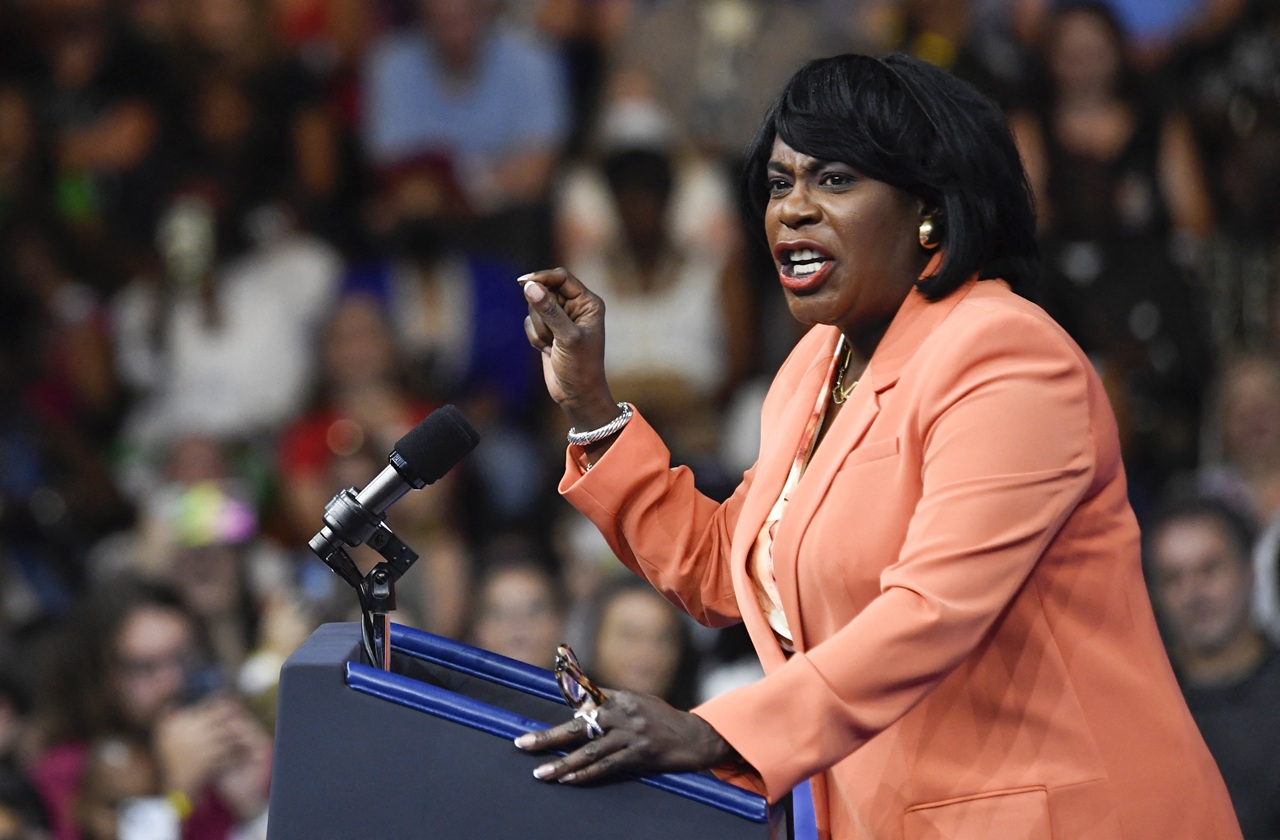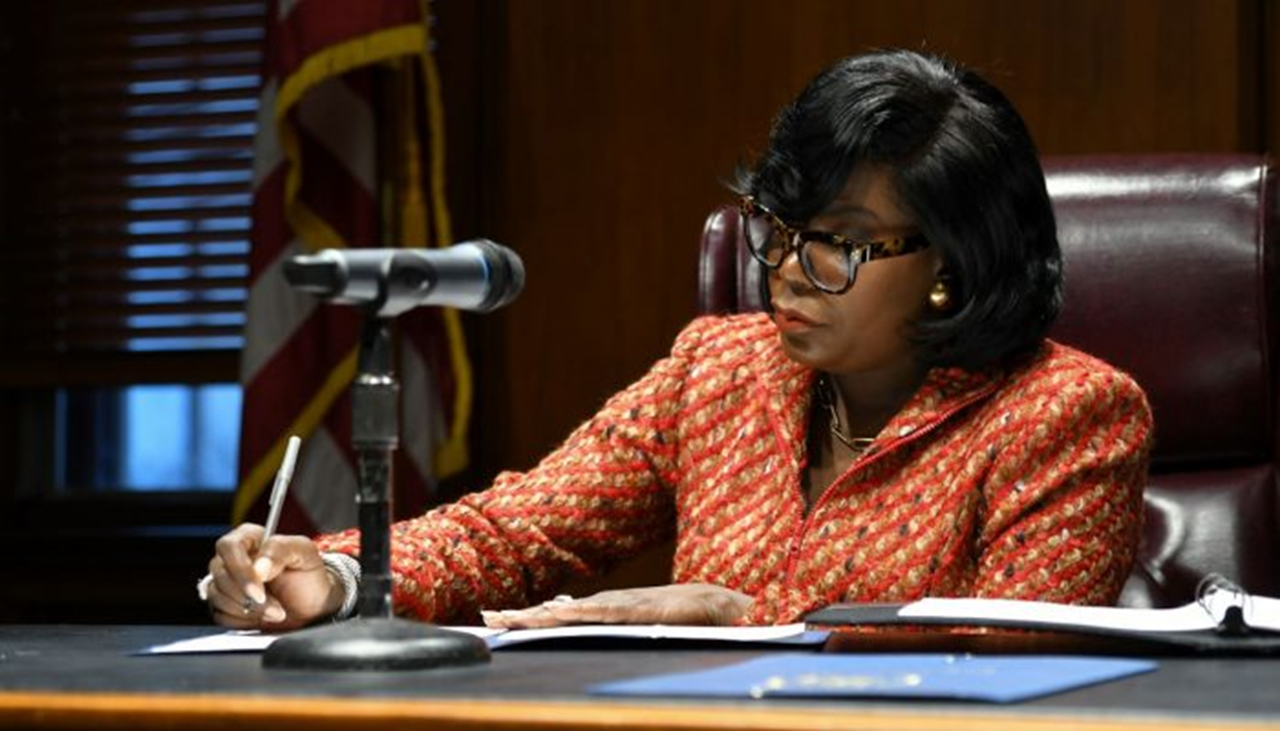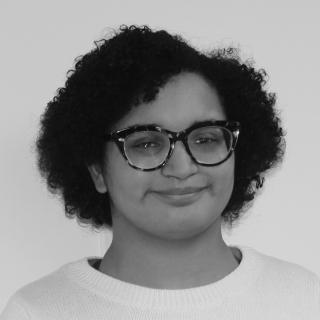
The second person to be cured of HIV finishes international presentation tour in Philadelphia
As the last stop on his presentation tour, Adam Castillejo or Adam the London Patient, visited the Wistar Institute in Philadelphia.
Adam Castillejo is the second person ever to be cured of HIV. In 2020, he publicly revealed his name after more than a year of keeping his identity hidden. He was often referred to as the “London Patient,” or the name he goes by, “Adam the London Patient.”
“For me it’s my identity. I was diagnosed in London. I was cured in London. I’m a Londoner,” Castillejo told AL DÍA about the name.
On October 26, Castillejo visited The Wistar Institute in Philadelphia as part of a presentation tour.
The first part of the day involved a tour of the HIV lab at Wistar. Livio Azzoni, the managing director of the biomedical research core, led the tour and spoke with AL DÍA when it was finished.
The most important thing that Castillejo and Timothy Ray Brown, or the “Berlin Patient,” being cured has shown researchers is that it is possible. The way they were cured also serves as inspiration for different approaches to a potential cure. Both men received bone marrow transplants to treat cancer from donors who had a HIV-resistant mutation.
The reason that this treatment has served as an inspiration for instead of a widespread cure for HIV comes down to practicality.
Azzoni empathized that bone marrow transplants aren’t a practical solution for someone who’s HIV can be treated well with medication.
To get a bone marrow transplant, you essentially “kill” your immune system/cells which are replaced by the immune system you get from the transplant. The HIV-resistant mutation is also very rare.
Azzoni explained that one of the potential treatments that researchers are looking at is if it will be possible to modify a person’s cells to become resistant to HIV and put them back into the person’s body.

So how long until a potential cure? Azzoni explained that a research cycle for something like this generally takes 5 to 10 years.
“But there is a lot of research already underway. So we will know something a lot earlier than 10 years from now,” he noted.
Castillejo’s case has been a credible one in the potential evolution in the way treatment is administered moving forward.
Castillejo is a British-Venezuelan man who grew up in Caracas, Venezuela. He and his family moved to the Netherlands when he was a teen to be closer to family. In 2000, Castillejo moved to London.
He was diagnosed with HIV in 2003 at 23 years old. Castillejo talked about feeling frightened after his diagnosis because it came only a few years removed from the 1990s.
“It was very difficult to accept because it was a death sentence,” he said.
RELATED CONTENT
In 1999, the World Health Organization (WHO) announced that HIV/AIDS was the 4th largest killer worldwide.
In 2011, he was diagnosed with Stage 4 lymphoma. After that he noticed that the treatment he got from people differed from when he was diagnosed with HIV.
“I always say to people, ‘HIV; hate. Cancer; love.’ So it’s [a] very, very different perspective each time,” he said.
Castillejo added, “I felt like I was able to express myself with cancer, though. With HIV, I couldn’t.”
While Castillejo stressed that there’s nothing good about a cancer diagnosis, in his case something good came out of it.
“I like to say to people, I was in the right place at the right time. Multiple factors put me onto the path I’m on today.”
Castillejo credits his genetic makeup [getting matched with a donor] and the National Health Services (NHS), as well as his medical team.
“I am very careful to tell people that cancer is not a good thing to have. Something great happened to me, but it can get really bad for other people. So I will not wish that on anyone,” he said.
Castillejo wants his story to give people hope. He also hopes to encourage the Latine community to engage with researchers and participate in research and trials. Latine people make up less than 8% of clinical trial participants in the U.S. despite being 18% of the population.
“I want to embrace [the Latine community]. I want to get together on this journey,” he said.











LEAVE A COMMENT: